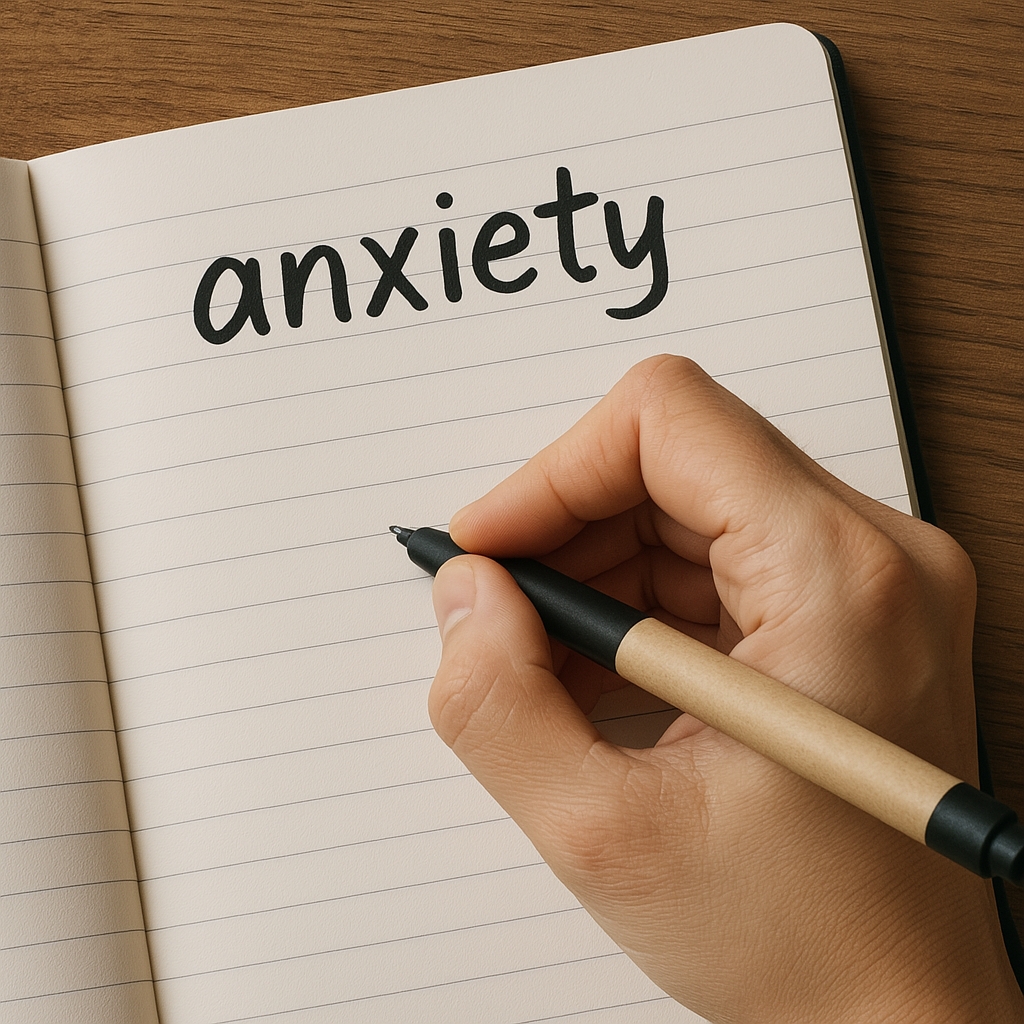This anxiety blog is a collection of posts on all things anxiety:
- Information about the anxiety state, and the struggles people experience
- Explanations of the acceptance approach to recovery from anxiety
- Guidance on navigating the journey to recovery, and what to expect
- Insights, tips, encouragement and more
These expand upon the guidance provided in my book “IT’S ONLY ANXIETY: How to Recover from Anxiety & Panic”, or explain the Acceptance Method in a different way.

The posts capture and express the knowledge I have gained from my own journey to recovery, or from the experience of others who have taken the same path to recovery.
My goal is to make this one of the best anxiety blogs around.
If you have any questions or comments, email me or add them to the post. I will do my best to respond. ~ Carl